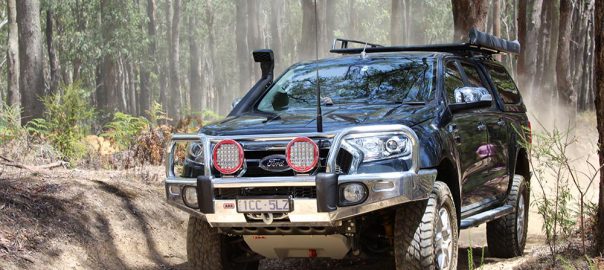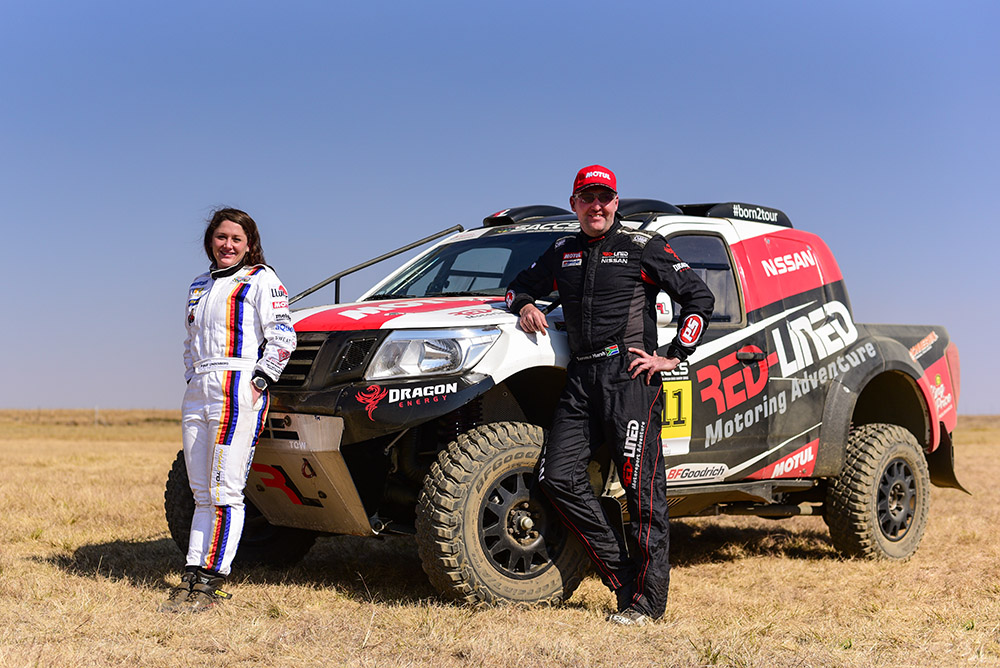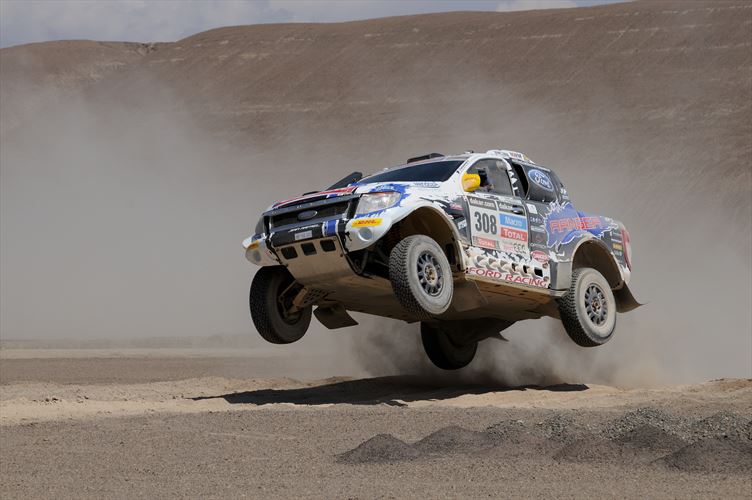A hill too far?
Tackling a steep incline is part and parcel of 4×4 driving. But there are inclines and then there are inclines. And when you’re parked at the base of a hill pondering whether you may or may not survive an attempt to scale said hill, well, maybe it’s not such a good idea to have a go in the first place…
Ah, oom Frikkie. Always up for a bit of a 4×4 challenge. An escape route around a tough 4×4 obstacle, he says, is for drivers who should stick to pavements. One day Oom Frikkie and a few friends were enjoying a day out on a tough 4×4 track. The convoy arrived at a particularly steep climb that was about 50 metres high. Not only was it steep and long, it was also narrow, rocky and there were a couple of axle twisters on the way up. Appalled by the lack of guts from his fellow 4×4 drivers, who opted to drive around this tester, Oom Frikkie lined up his 4×4, ready to take a run at the hill at 80km/h. This was despite his wife, Auntie Beryl, trying to convince him otherwise. Auntie Beryl took leave of her passenger seat and started sending WhatsApp messages to all their children, stating that Oom Frikkie urgently needs to be admitted to an institution where he can be re-orientated.
So, what was Oom Frikkie to do? Should he listen to Auntie Beryl and skip the obstacle, or should he just go for it? 4×4 Mega World’s Kurt Brunner says: Ai tog! Oom Frikkie should probably listen to his sensible wife. But on a serious note, this is not an easy one to answer because there are so many different variables that come into play. Every route is different and offers its own unique features and challenges. But if you use common sense and a few basic off-roading principles and bury your pride and ego, all should go well. Men have a slight problem to deal with every time we get behind the wheel in these situations: it’s a chemical called testosterone.
It renders the brain useless and all hell usually breaks loose, followed by expensive repair bills. Here are some pointers. Walk the route before attempting it. Check to see if it is safe. Move rocks around if necessary to make the surface as drivable as possible. Know the width and track of your vehicle to ensure you know which line to follow. Once you are satisfied it is passable, move on to your vehicle and check tyre pressures. Uneven tyre pressures cause wheel slip that results in a loss of traction. Traction is the most critical element no matter what surface you are driving on.
It is incredible that a variation of just 0.1 bar can have a negative effect on traction. Also remember that just because all four tyres are the same pressure, it doesn’t mean that they have the same surface contact area on the ground. In other words, should the rear of your vehicle be heavier than the front, the downward force will cause the tyres to have a more deflated appearance. Now you have a scenario where the front tyres have less rubber making contact with the surface than the rear. What will happen next is a phenomenon called ‘wind up’. This will result in wheel slip as the one axle will need to unwind. Have you ever seen an old farmer who can drive his stock standard bakkie with marie biscuit truck tyres all over the place?
And when you try to follow in your fancy and accessorised 4×4 with grippy mud terrain tyres can’t drive where he just did? That’s simply because he understands tyre pressures. Another important factor to remember is speed. Fast doesn’t necessarily equal success. Fast normally equates to broken parts such as side shafts and CVs. Just try and imagine the stresses and strains that are exerted on your vehicle when it is fully laden and you are hammering it to reach the top of a steep incline. Add wheel articulation and bigger tyres to the picture and it’s a recipe for disaster if you belong to the ‘when in doubt, floor it’ club.
Before starting up the incline, select differential lock if your vehicle is equipped with one (or two). Engage low range and the correct gear if you have a manual. If you drive an automatic, engage first or second gears. Each make of vehicle is different so this is where you should be au fait with your 4×4. When it comes to driving up the incline, keep a steady speed. Most diesel 4×4s can idle up an incline without the need to use the accelerator. From here on out it’s not rocket science but rather the ability to steer a good line, using common sense. If the engine stalls, do not engage the clutch if it has a manual gearbox. Rather sign up for a complete driver training session with us. It’s well worth the time and money and will most probably see you out of many a sticky situation while saving you money by preventing unnecessary damages. Until next time.








